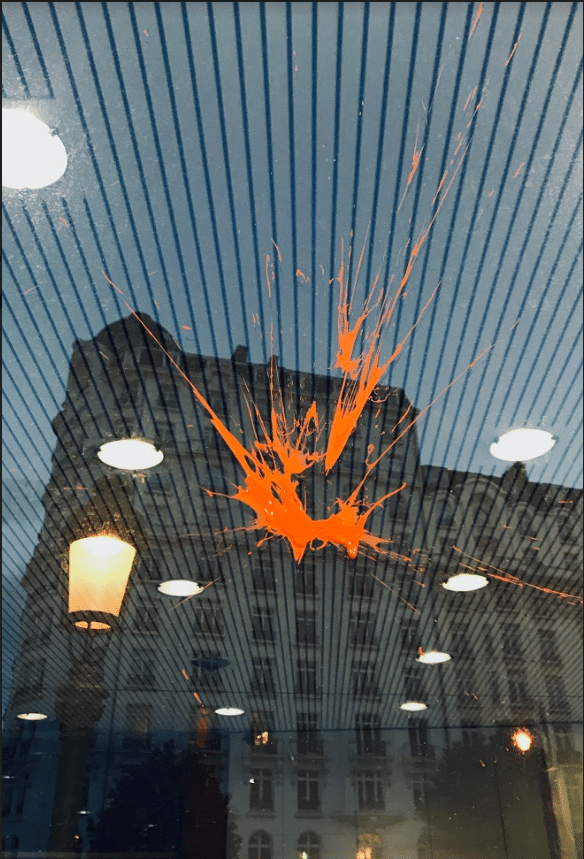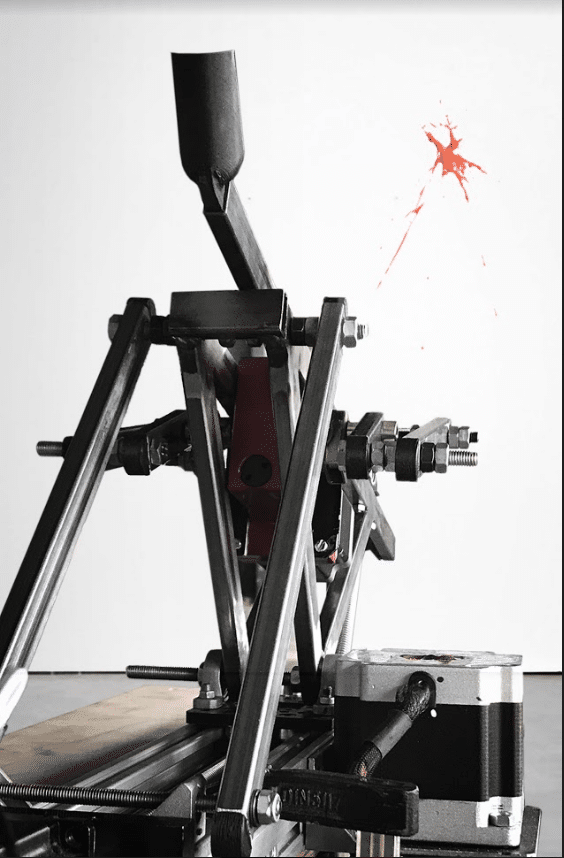Developed by Edouard Cabay, architect founder of Appareil and Researcher/Co-Director of the OTF – 3D Printing Architecture programme offered at IAAC, Third Deviation is part of a series of experiences aiming to interrogate the tension between the two opposed concepts of stability and instability. Exhibited at the CIVA KANAL Centre Pompidou of Brussels from June 21st to 30th 2019, the Third Deviation project is one offspring of Edouard Cabay’s work on questioning the certainties rational sciences make us hold for granted sometimes.

Edouard Cabay’s work mostly focused on questioning the relationship between digital and fabrication processes, playing on the constant combination between the physical and the immaterial. The offspring of such research is building concrete constructions which obey, at the same time, the abstract laws of computational design. Through his various projects, Edouard attempts to challenge the very certainties we might share as rational human beings by questioning pure scientific approaches.
It is this unconventional approach that Edouard Cabay has been asked to present, through his Third Deviation project, at the CIVA KANAL Centre Pompidou of Brussels, Belgium, from June 21st to 30th 2019. Trialled during this twelve-day-period, Third Deviation is the third step of the Deviation project series which aims at introducing the notions of accident and unpredictability in the supposed-to-be infallible technological management process.
What is it concretely? Third Deviation is a catapult which features a 60cm lever arm that moves upon a rail that is 10 meters in length. This catapult is programmed to launch 2,000 paintballs over the course of twelve days, during which it will gradually produce a drawing of an automated algorithm. The robotic circuits which control the mechanical arm of the catapult are encoded with the predetermined geometric rules for the drawing. The drawing materializes itself onto a glass surface which produces a canvas where the painting can be read inversely depending on the viewers’ location.

